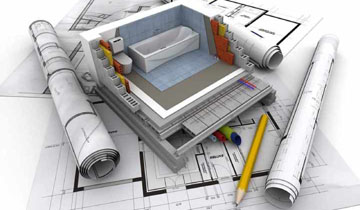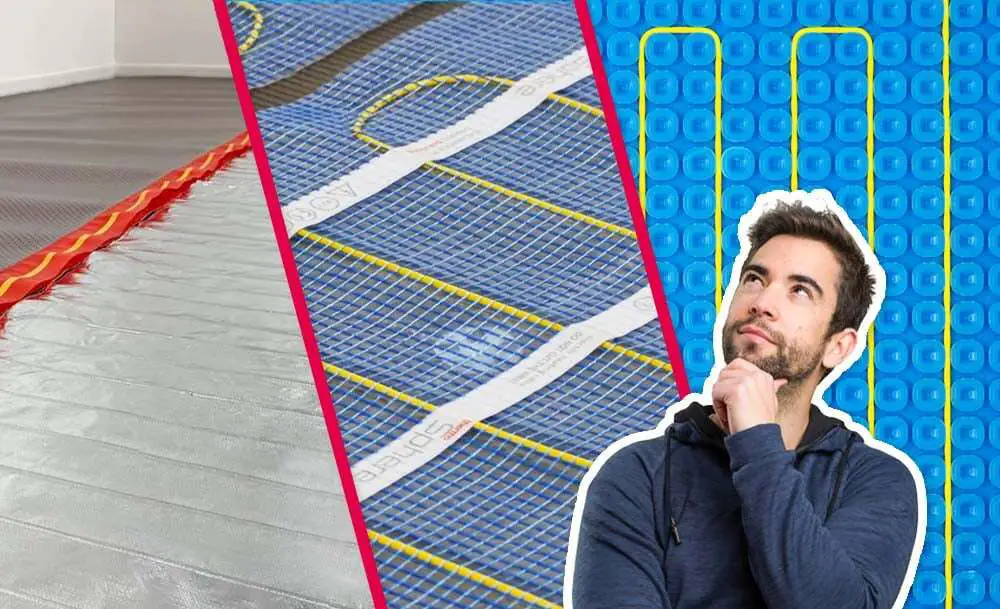4 min read
Why is my electric radiator not heating the room properly?
One of the most common questions we get asked in relation to electric radiators is, ‘will it heat the room to the right & required temperatures?’ The...

The way we heat our homes continues to feature heavily in the news and it doesn’t look like it will disappear anytime soon. When ‘Googling’ home heating you’ll be wading through a plethora of search results that tend to vary in opinion, hold conflicting views and push products rather than answering the question in hand. When it comes to home heating, in particular electric radiators, we wanted to give you all the honest facts, warts and all, because they aren’t for everyone.
In this article we’ll make sure that we outline the pros and cons of electric radiators so you can make an informed decision on whether they are a fit (or not) for your heating project.
Let’s begin…
Electric radiators are standalone units that are installed on internal walls around the home. Unlike traditional central heating radiators, there’s no need for them to be connected by a network of pipes which makes them simple to install and easy to replace. Electric radiators can come with dry elements or thermal fluid such as oil.
Electric radiators such as the Oil Filled Radiator and the Glass Panel Heater by ThermoSphere, heat spaces by using a combination of convection (heating the air around them) and radiant heat. ThermoSphere’s Convector Panel Heater or Dimplex’s ML Convector Heater only uses convection to warm the space. This often can cause the air in the room to feel drier and ‘stuffy’, but can be a quick and cheap way to get heat to a room.
For the majority of electric radiator models, the heat output is controlled with an inbuilt thermostat which means you can easily control the warmth of individual rooms which helps keep running costs to a minimum.
100% efficient
Electric radiators are 100% efficient at point of use. This means that every Joule of energy you pay for is converted to heat which helps to save energy and reduce running costs. If you compare this to wet (hydronic) radiators, that’s an improvement of 20-40%.
Compatible with Renewable Energy
If your home has solar panels installed it won’t cost you anything (or very little) to run your electric radiators which is good for you and for the planet. They can even be run off batteries that are charged through renewable means, like solar.
Fast warm up time
Electric radiators heat up faster than traditional central heating. Thermal fluid filled radiators, on average, have a smaller thermal storage capacity which causes slower heat release at the start and prolonged heat release once they are switched off. An electric radiator that uses no fluid, heats a room quicker at the start and quickly stops releasing heat when it is switched off.
Controllability
Being able to accurately control and programme your electric radiator is a must have to ensure energy efficiency is maintained and your heating bills don’t go through the roof. Electric radiators with inbuilt digital thermostats are known for accuracy. Looking at the technical specification of an electric radiator you’ll find information on the thermostat’s accuracy. For example, ‘accurate to +0.3oC’ or ‘accurate to +0.8oC’. The lower the number, the more accurate the thermostat.
Easy installation
Electric radiators are incredibly easy to install. You don’t need an electrician if you are not wiring directly to the mains. Many models also come with the option to either install on the interior wall or use as a free-standing heat source.
Zone heating
Managing each electric radiator individually allows you to create different heating zones throughout the property. For example, you may only want the heating on in a spare bedroom only when guests are staying. That means that you aren’t wasting energy and spending money on heating spaces in your home that aren’t being used.
Maintenance
Apart from the occasional dusting, electric radiators do not need regular maintenance compared to traditional central heating. Additionally, because they use electricity rather than gas, there is no risk of carbon monoxide leaking.
Cost
Straight off the bat, we’ll address the elephant in the room. Currently, the average cost per unit of electricity is more expensive than per unit of gas. However, there is much more to it than just the unit cost.
When looking at heating systems, it’s important to factor in other costs which include; installation, maintenance and system durability/longevity. This is where gas fuelled heating systems start to lose out. The average one-off annual boiler service can range between £80 – £120. Then you have products such as HomePlan by Corgi which give you peace of mind by providing boiler and home emergency cover. Some of these plans include the annual boiler service and cost between £13 – £21 per month depending on what level of cover you decide to take. Remember to check the small print as well as what these types of policies do not cover.
Strain on your circuit
Depending on how many electric radiators you plan to install, you could overload the system. For a retro fit project where you are looking to overhaul your entire heating system by replacing your gas central heating with electric, we would always recommend seeking advice from a qualified electrician. To reduce overloading, the electrician may need to wire your electric radiators into fuse spurs, especially if you are planning to use multiple electric radiators to replace a traditional gas heating system.
Power cuts
Even though they are not a regular occurrence, power cuts effect both traditional gas central heating and electric radiators. The difference is that if you need to set up the heating schedule again, you only need to do it from one central point for traditional central heating. If you have multiple electric radiators, it can be a bit of a pain to go around to each one and set up the heating schedule again (obviously if you have multiple installed).
However, with the recent advancement in heating technology, many smarter models of electric radiators include a backup, so even if there is a power cut, the heating schedule you had previously setup will remain.
Available in different sizes and outputs you’ll need to make sure the radiator(s) is the correct output for the size of the room.
The British Thermal Unit (BTU) is a common measure of the heat a radiator with emit into the room. If the BTU is too low, the space will not reach the desired temperature. To calculate the BTU you will need to measure the length, width and height of the room and take into account windows and patio doors.
If you know the output (watts) of the radiator, simply multiply that by 3.41 to get the BTU/hr and if you have the BTU, you can divide it by 3.41 to get the watts or output you need.
For example, if the output of the electric radiator is 600W then the BTU/hr would be 2,046:
600(W) x 3.41 = 2,046 (BTU/hr)
There are a variety of free BTU calculators on the internet and we’ve listed a few below.
HouseWarm - Keeping Homes Heated
Hopefully this pros and cons of electric radiators has helped you to decide if they are a good fit for your heating project. If you have any questions, please reach out to our team who will be on hand to help.

4 min read
One of the most common questions we get asked in relation to electric radiators is, ‘will it heat the room to the right & required temperatures?’ The...

7 min read
When looking into installing underfloor heating, ‘how thick is underfloor heating?’ ranks in the top three of the most common questions asked. There...

14 min read
So, you’ve completed your research on electric underfloor heating and have decided that it’s the perfect fit for your project. But, with so much...